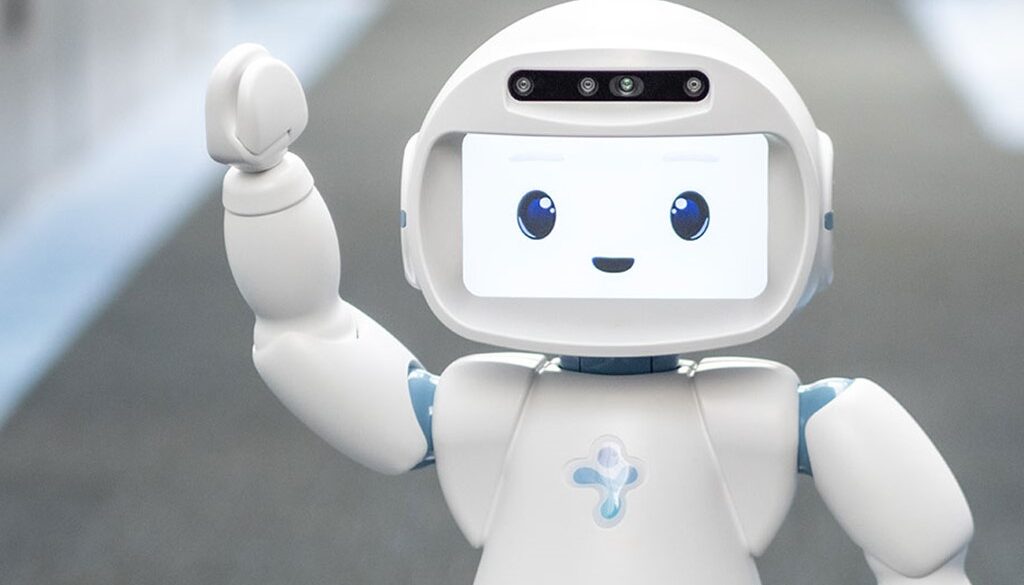
Abstract:
Cerebral palsy (CP) is a disorder that impairs motor function in children, limiting their ability to perform daily activities. It results from non-progressive damage to the developing brain. Common features of CP in children include spasticity, muscle weakness, balance issues, and poor motor function, and it may also affect cognitive function. Recently, rehabilitation robotics has gained significant interest in research for disabled children. The humanoid robot, a type of Socially Assistive Robot (SAR), shows potential for use in rehabilitating children with CP. This study involved exposing two children with CP to the humanoid robot NAO in four interactive scenarios once a week over eight weeks. The aim was to examine how human-robot interaction (HRI) impacts attention and gross motor function. This paper describes the clinical experiences and challenges of using a humanoid robot for therapy in children with CP.
Reference:
Rabiatul Adawiah Abdul Rahman, Fazah Akhtar Hanapiah, Husna Hassan Basri, Norjasween Abdul Malik, Hanafiah Yussof, Use of Humanoid Robot in Children with Cerebral Palsy: The Ups and Downs in Clinical Experience, Procedia Computer Science, Volume 76, 2015, Pages 394-399,ISSN 1877-0509,
https://doi.org/10.1016/j.procs.2015.12.316.